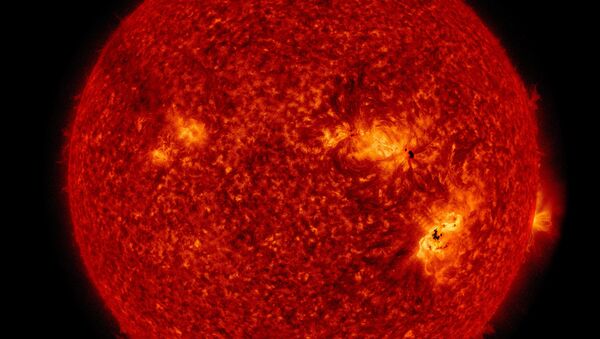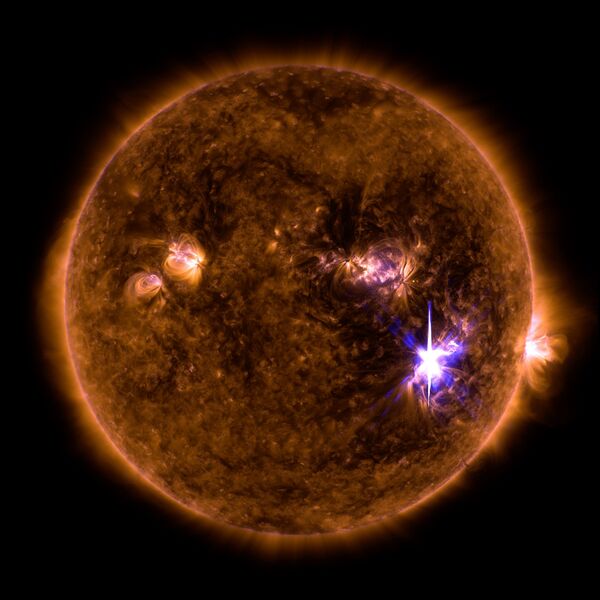Solar flares are classified as A, B, C, M or X, with X being the most powerful. Both flares were X-class: the first was an X2.2, the largest solar flare since 2015; it was quickly dwarfed by a whopping X9.3, quadruple the power of the flare from just three hours prior. The last time the sun produced an X9 flare was 11 years ago, in 2006.
The National Oceanic and Atmospheric Administration's (NOAA) Space Weather Prediction Center (SWPC) reported that the flares resulted in blackouts of both high-frequency and low-frequency radio channels.
"It was accompanied by radio emissions that suggest there's a potential for a CME [Coronal Mass Ejection]," SWPC space scientist Rob Steenburgh told Space.com. "However, we have to wait until we get some coronagraph imagery that would capture that event for a definitive answer."
The sun is surrounded by a bubble of superheated plasma called the "corona," which is constantly shifting and circulating due to the sun's magnetic field. The layers of the corona frequently twist and knot, leading to jets of energized particles escaping the sun's atmosphere and shooting off into space. These are called solar flares — and if the particles come close enough to Earth to interact with this planet's magnetic field, they can interfere with electronic devices of all kinds.
But the real danger from solar flares is that large ones are usually followed by releases of plasma as well called coronal mass ejections (CME). CMEs are the cause of solar storms that could potentially cause unspeakable destruction to an industrial society like ours.
The largest solar storm on record is the 1859 Carrington Event, which shut down telegraph machines on two continents — but this was before the pioneering research into electricity by inventors such as Thomas Edison and Nikola Tesla. Scientific journal Atmospheric Environmental estimated in 2013 that if a Carrington Event-sized solar storm were to strike Earth, it could cause as much as $2.6 trillion in damage to the US alone — frying electronic equipment, knocking planes out the sky and other unimaginable catastrophes in an electrified world — far and away the costliest disaster in American history.
The strange part is that the sun is nearing its "solar minimum." The sun has a roughly 11-year cycle of solar activity as a result of the movements of its magnetic field, and the solar minimum is the period during which sunspot and solar flare activity bottom out.




